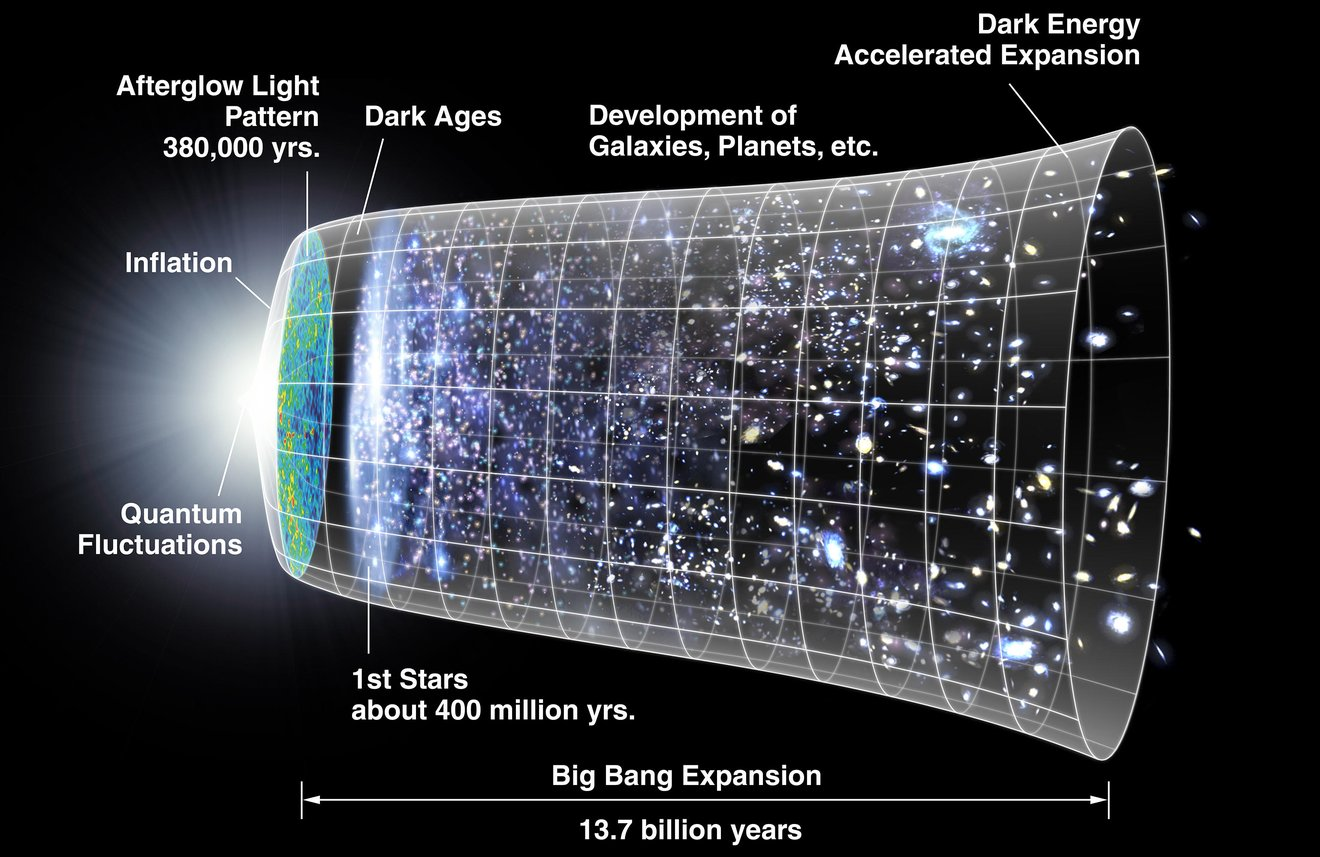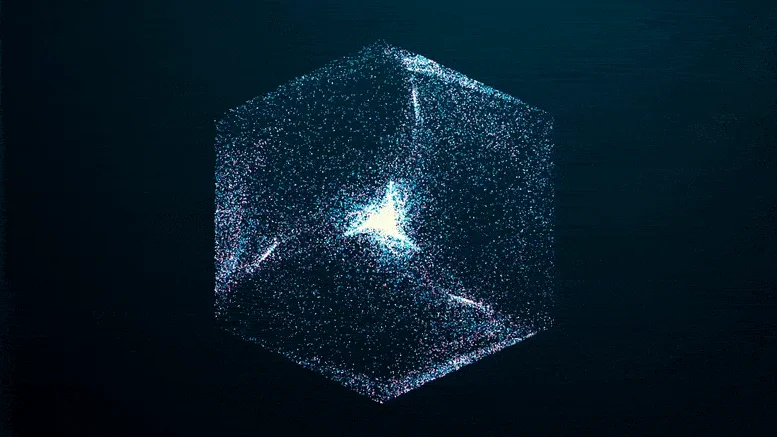2024's Biggest Breakthroughs in Physics: A Story of Discovery and Wonder
2024’s Biggest Breakthroughs in Physics: A Story of Discovery and Wonder
In 2024, the realm of physics witnessed a series of groundbreaking discoveries that not only challenged our understanding of the universe but also opened new avenues for technological advancement. From the enigmatic behavior of dark energy to the realization of exotic states of matter, each breakthrough tells a story of human curiosity and ingenuity.
1. Dark Energy: A Changing Force in the Cosmos
For decades, dark energy has been the mysterious force accelerating the universe's expansion. However, observations from the Dark Energy Spectroscopic Instrument (DESI) suggest that this force may be weakening over time. This revelation challenges the long-held belief in a constant cosmological force, hinting at a dynamic universe that could eventually slow its expansion or even contract.
2. Supersolids: The Quantum Dance of Matter
Physicists have long theorized about supersolids—materials that simultaneously exhibit properties of solids and superfluids. In 2024, researchers observed microscopic vortices, or "quantum tornadoes," within a supersolid, confirming its existence. This discovery not only validates decades of theoretical work but also offers insights into the behavior of matter under extreme quantum conditions.
3. Quantum Geometry: Beyond Space and Time
Building upon the concept of the "amplituhedron," physicists introduced the "associahedron," a geometric structure that simplifies complex particle interactions. This advancement provides a new framework for understanding quantum processes, potentially streamlining calculations that were previously reliant on intricate Feynman diagrams.
4. Time Crystals: Perpetual Motion in Quantum Systems
Time crystals, once a theoretical concept, became a reality when researchers at TU Dortmund University created a semiconductor-based time crystal from indium gallium arsenide. Remarkably, this time crystal exhibited oscillations lasting up to 40 minutes, a significant improvement over previous iterations. The system also displayed complex behaviors like the Farey tree sequence and the devil's staircase, offering new perspectives on dynamic phase transitions in quantum systems.
5. Quantum Computing: The Willow Chip's Leap Forward
Google's introduction of the "Willow" quantum chip marked a significant milestone in quantum computing. With 105 qubits, Willow completed a benchmark computation in under five minutes—a task that would take classical computers 10 septillion years. This achievement underscores the potential of quantum computing to revolutionize data processing and problem-solving.
6. The Big Ring: A Cosmic Structure Defying Expectations
Astronomers discovered the "Big Ring," a colossal ring-shaped structure of galaxies spanning 1.3 billion light-years. Located near the constellation Boötes, this formation challenges the cosmological principle, which posits a uniform distribution of matter in the universe. The existence of such a massive structure prompts a reevaluation of our understanding of cosmic evolution.
7. Black Hole Bomb: Simulating Cosmic Phenomena on Earth
In a groundbreaking experiment, physicists recreated a "black hole bomb" in the laboratory, validating a theoretical concept from 1972. By using a rotating aluminum cylinder and magnetic fields, they simulated the amplification of waves—a phenomenon associated with rotating black holes. This experiment provides valuable insights into black hole dynamics and energy extraction processes.
8. Turning Lead into Gold: A Modern Alchemical Feat
At CERN, scientists achieved a feat reminiscent of ancient alchemy by transforming lead into gold. Using the Large Hadron Collider, they accelerated lead atoms to near-light speeds, causing collisions that stripped protons and converted some atoms into gold. While the amount produced was minuscule and short-lived, the experiment demonstrates the possibilities of nuclear transmutation.
9. Quantum Entanglement of Quarks: A New Frontier
The ATLAS experiment at CERN observed quantum entanglement between quarks—the fundamental constituents of matter. This observation at unprecedented energy levels offers a deeper understanding of the quantum realm and the forces that govern particle interactions.
10. Room-Temperature Superconductivity: A Technological Breakthrough
Researchers achieved superconductivity at room temperature and ambient pressure using a novel hydrogen-based compound. This breakthrough eliminates the need for extreme cooling, paving the way for advancements in energy transmission, magnetic levitation, and quantum computing.
Conclusion
The year 2024 stands as a testament to human curiosity and the relentless pursuit of knowledge. Each discovery not only answers longstanding questions but also poses new ones, propelling us further into the mysteries of the universe. As we reflect on these achievements, we are reminded of the boundless potential of science to reshape our understanding of reality.
Citations
-
Sample, I. (2024, March 19). Dark energy, the mysterious cosmic force, may be weakening, say scientists. The Guardian. https://www.theguardian.com/science/2025/mar/19/dark-energy-mysterious-cosmic-force-weakening-universe-expansion
-
Castelvecchi, D. (2024, December 17). The Year in Physics. Quanta Magazine. https://www.quantamagazine.org/the-year-in-physics-20241217
-
Wikipedia contributors. (2024). Time crystal. Wikipedia. https://en.wikipedia.org/wiki/Time_crystal
-
News.com.au. (2024). Quantum chip does task in five minutes a normal computer would take 10 septillion years. https://www.news.com.au/technology/innovation/quantum-chip-does-task-in-five-minutes-a-normal-computer-would-take-10-septillion-years/news-story/a6d7aaa5a9092483887aa4dbe95d13c9
-
Wikipedia contributors. (2024). Big Ring (astronomy). Wikipedia. https://en.wikipedia.org/wiki/Big_Ring
-
Landau, E. (2024, March 1). Physicists create black hole bomb for first time on Earth, validating decades-old theory. Live Science. https://www.livescience.com/space/black-holes/physicists-create-black-hole-bomb-for-first-time-on-earth-validating-decades-old-theory
-
Devlin, H. (2024, December). Alchemists rejoice as CERN turns lead into gold – for a flash. The Times UK. https://www.thetimes.co.uk/article/alchemists-rejoice-as-cern-turns-lead-into-gold-for-a-flash-n5h8zcfn9
-
Wikipedia contributors. (2024). Large Hadron Collider. Wikipedia. https://en.wikipedia.org/wiki/Large_Hadron_Collider
-
Physics World. (2024). Top 10 Physics Breakthroughs of 2024. PlatoData Intelligence. https://platodata.network/platowire/physics-world-unveils-the-top-10-physics-breakthroughs-of-2024
.png)





Comments
Post a Comment
Please comment on this blog-